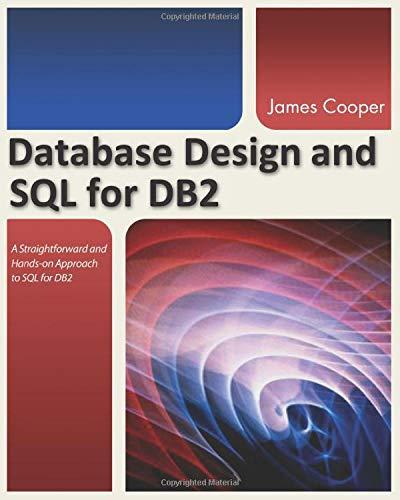Answered step by step
Verified Expert Solution
Question
1 Approved Answer
The following are infinite series representations of the functions sine, cosine, and the exponential. 2n+1 sin(x)-? (-1) n=0 2n cos(x) - ()m (2n)! n=0 7l

Step by Step Solution
There are 3 Steps involved in it
Step: 1

Get Instant Access to Expert-Tailored Solutions
See step-by-step solutions with expert insights and AI powered tools for academic success
Step: 2

Step: 3

Ace Your Homework with AI
Get the answers you need in no time with our AI-driven, step-by-step assistance
Get Started


